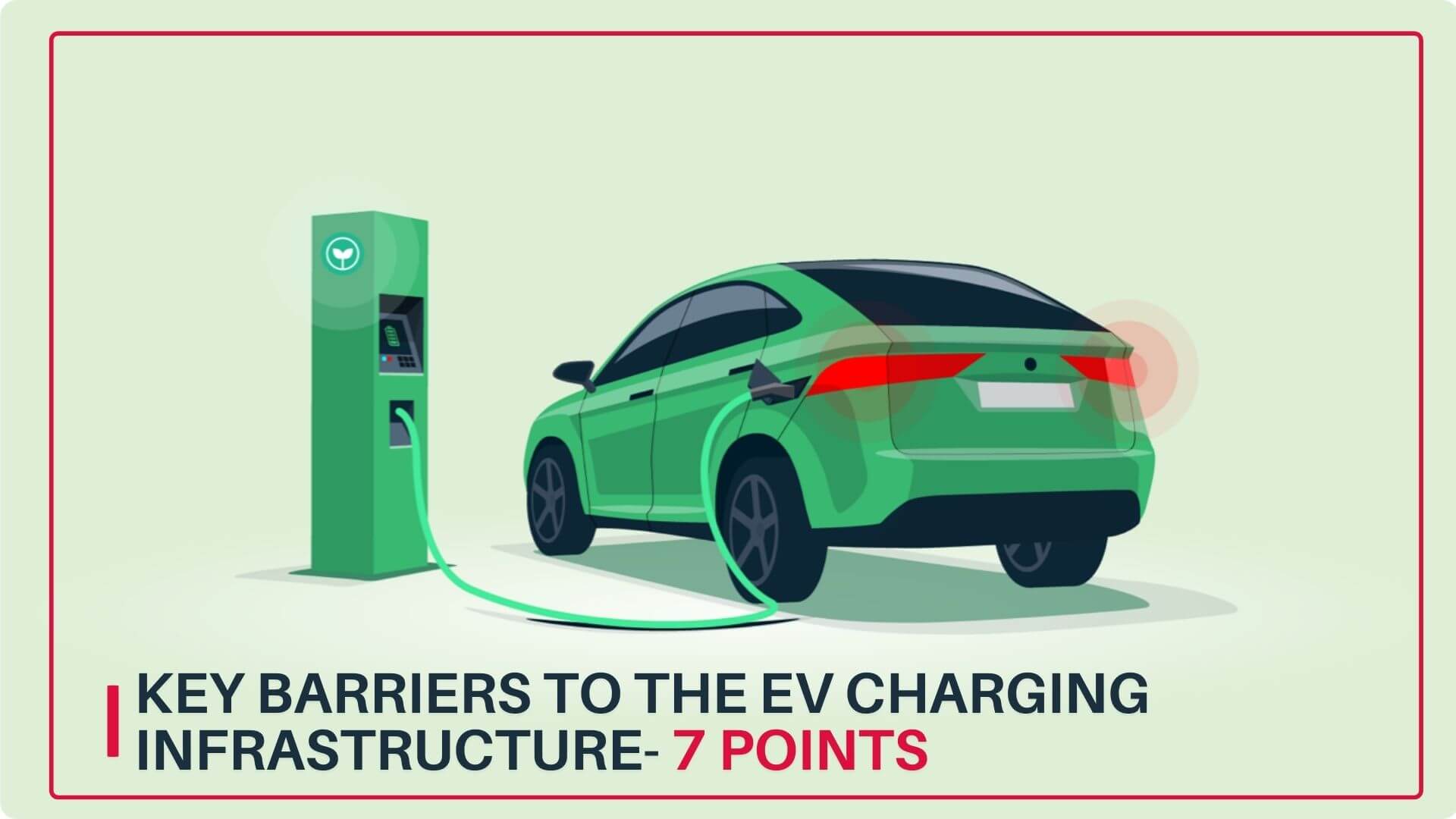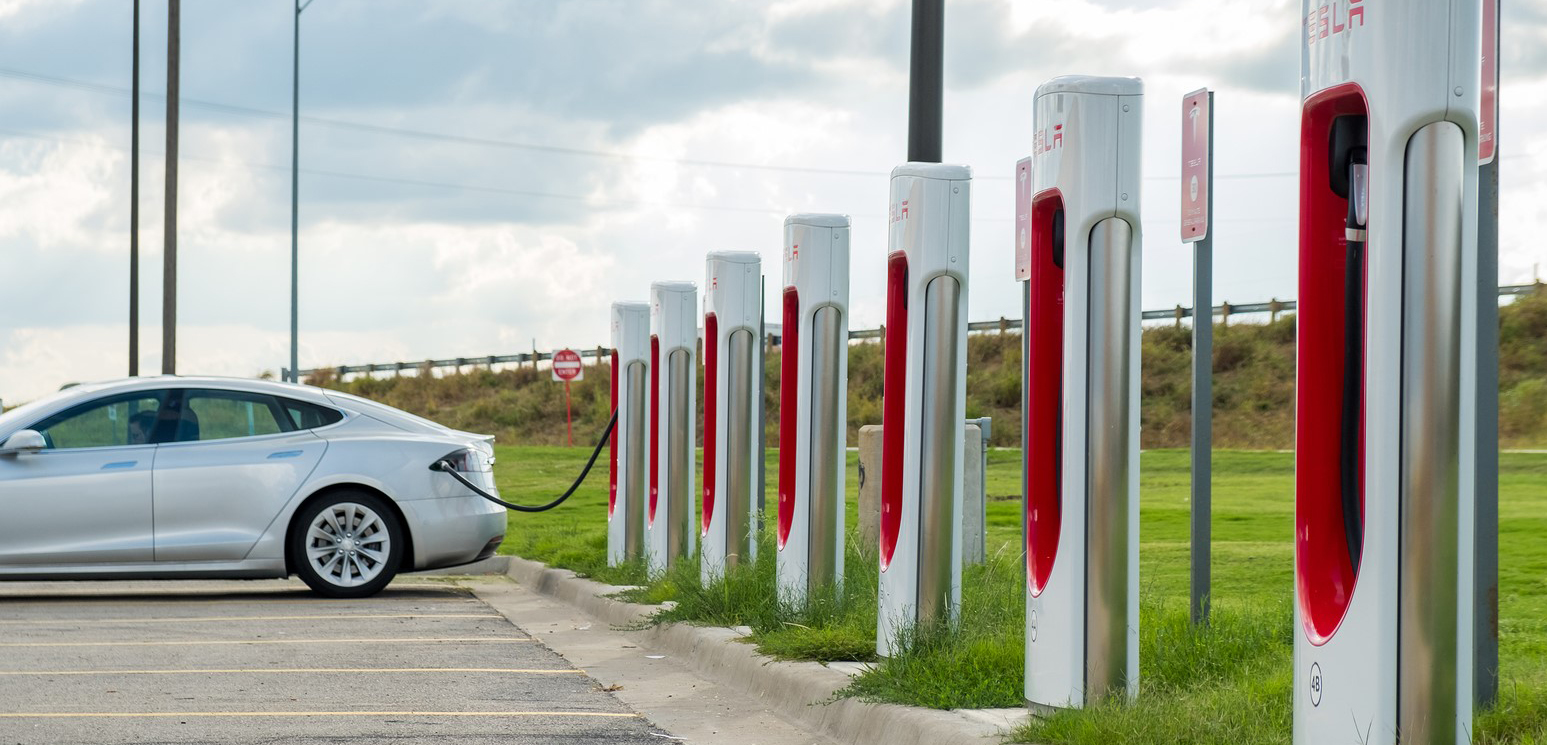 EV charging infrastructure is the backbone of electric mobility adoption, but its limited availability and long charging times are one of the major constraints for EV adoption.
EV charging infrastructure is the backbone of electric mobility adoption, but its limited availability and long charging times are one of the major constraints for EV adoption.
Table of Contents
Key Barriers to the EV Charging Infrastructure
India is gaining momentum in setting up EV charging infra, but not as much as in other regions such as the European Union (EU), USA, or China.
High operating costs, discom loads, uncertainty related to the utility rates of charging stations, and non-standardized EV charging are preventing charge operators from expanding their current reach.
Here are quick Snapshots of “major barriers to the EV charging infrastructure“.
1. Component Shortages
That could prolong the world’s sluggish transition to electric vehicles if chips remain scarce in the coming months.
2. Lack of EV Experts and Skills
Personnel shortages with the necessary skills to develop, produce, and maintain EVs and charging infrastructure.
3. Electricity Grid Challenges
Grid challenges aren’t just about physically supplying energy to houses or balancing energy usage at peak times, but also about domestic infrastructure. Also, the issues of smart energy usage when charging need to be resolved.
4. Lithium-ion batteries

Demand for lithium has increased, so scientists are working on the need to cut down on the metals in batteries that are scarce, expensive, or problematic to procure. They also need to improve battery recycling, so that the valuable metals therein can be efficiently reused.
5. EV charging standards
The development of EV charging standards is a vital requirement to allow universal accessibility and for EVs to be widely accepted and shown to be a practical alternative to ICE vehicles. Grid architecture differs in all countries which makes it difficult to achieve a consensus.
6. On-street Charging

The placement of on-street chargers on busy streets with new chargers could cause pavement obstructions. Owners without driveways may need to travel to neighboring streets to charge. Additionally, councils will need to provide far more chargers, which will inevitably be an additional cost.
7. Economic Market Forces
One of the many reasons to go electric before 2030 is the potential savings. Electricity is cheaper than petrol or diesel. Some venues such as hotels and shopping centers offer free charging. This benefits consumers however for business owners or local authorities, the initial cost of installing and managing charge posts makes it difficult for EV charging systems to pay for themselves quickly.
Read More- Challenges for the EV Charging Infrastructure in India






